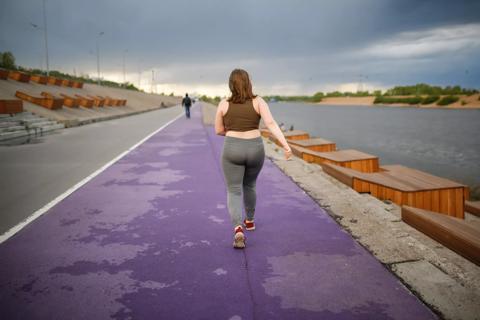
IBAT inhibitors, elastography and more
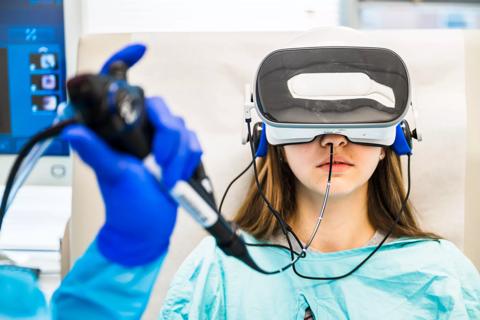
Programs bring age- and size-appropriate technology to children
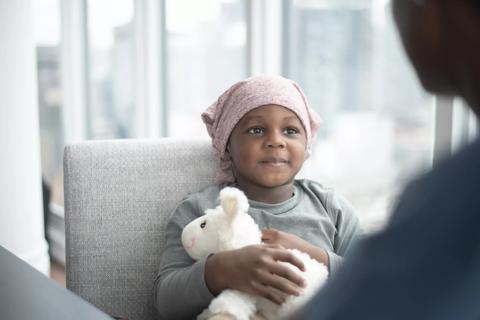
Unpacking advancements and identifying drivers of inequity
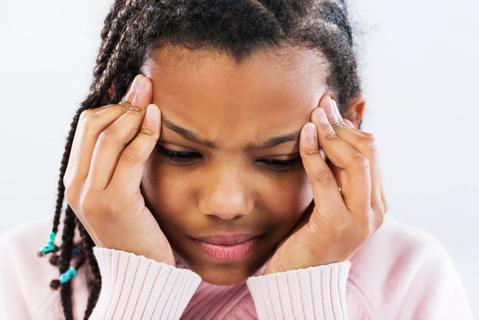
Self-efficacy mindset, burst therapy and increased biofeedback may help improve outcomes
Cleveland Clinic is a non-profit academic medical center. Advertising on our site helps support our mission. We do not endorse non-Cleveland Clinic products or services. Policy
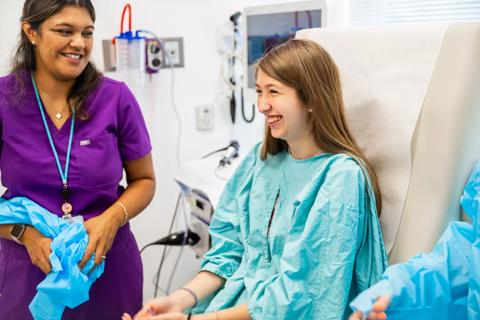
Pediatric and adult gastroenterologists offer team care for patients with eosinophilic esophagitis
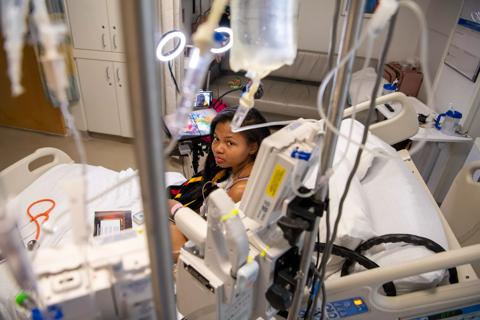
New guidelines expand on psychosocial, sexual health, cognitive and other issues
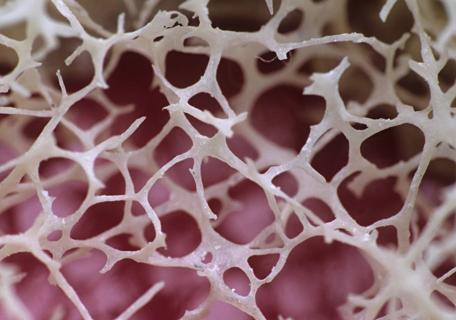
Consensus conference begins work on new recommendations for clinical care and research
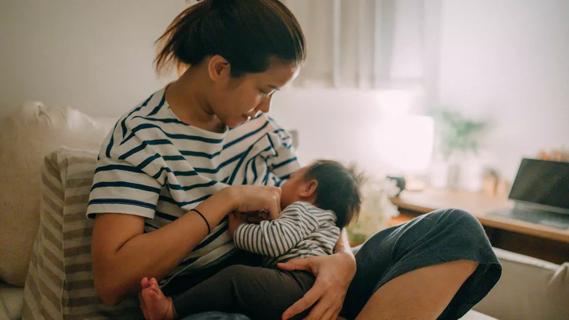
Systemic change needed to improve health outcomes for parents and children, say researchers
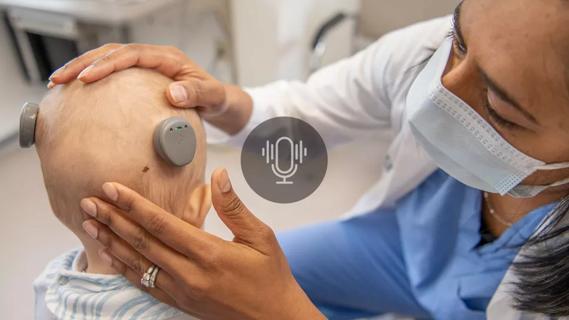
Research on children with UHL explores the quality-of-life benefits and outcomes of cochlear implants
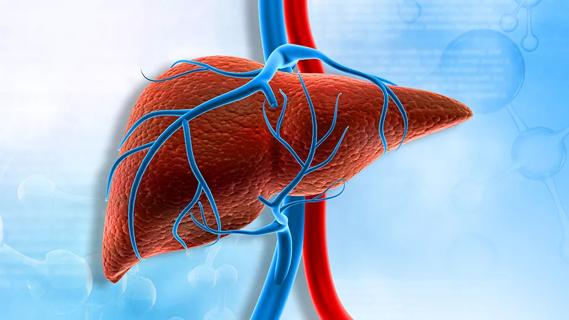
Rare genetic variant protected siblings against seizures and severe hypoglycemia